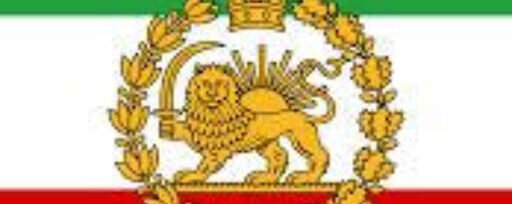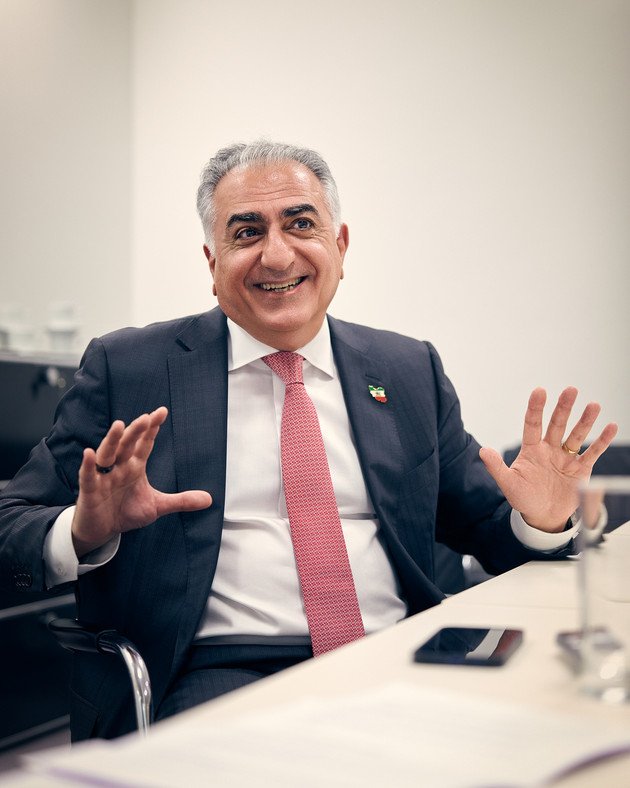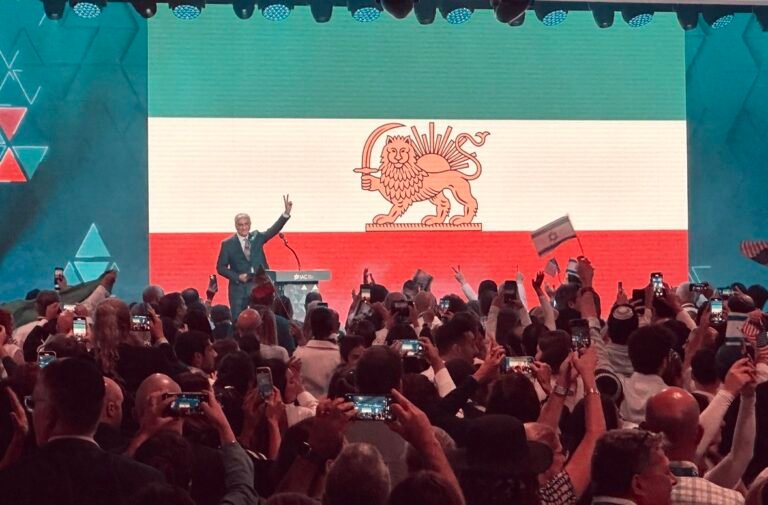The Legacy of King Reza Pahlavi: Current News and Developments in Iran
The Historical Context of King Reza Pahlavi’s Reign
King Reza Pahlavi ascended to the throne of Iran in 1925 following a coup that overthrew the Qajar dynasty. His rise marked a pivotal moment in Iranian history, as he strived to modernize the nation and establish a centralized state. Reza Shah implemented a series of ambitious reforms aimed at transforming Iran into a progressive and secular society. These reforms included the modernization of the military, educational system, and infrastructure, as well as efforts to promote industrialization.
A key aspect of Reza Pahlavi’s reign was the White Revolution launched in 1963, which aimed to address socio-economic inequalities and improve living standards for the populace. This ambitious initiative introduced land reforms, aimed at redistributing land from large feudal landlords to peasant farmers, and expanded access to education and healthcare. The White Revolution also emphasized the rights of women, granting them more freedoms and promoting gender equality. Despite the reforms intended to modernize Iran, they often faced resistance from traditionalist factions, including religious leaders who perceived these changes as a threat to their authority and societal values.
The socio-political climate in Iran during this time was complex, marked by a significant divide between modernist aspirations and traditional values. While Reza Shah’s initiatives led to remarkable advancements in certain sectors, they also resulted in widespread discontent among various social groups who felt alienated by the rapid changes. This discord eventually contributed to the rise of revolutionary sentiments in the 1970s, which culminated in the 1979 Iranian Revolution that resulted in the abdication of the Shah and the establishment of an Islamic Republic.
The legacy of King Reza Pahlavi’s reign continues to resonate in contemporary Iran, as his policies and the socio-political upheaval that followed have shaped modern Iranian politics and society. Understanding this historical context is crucial to comprehending the ongoing developments in Iran today.
Recent Developments and the Rise of Reza Pahlavi II
Recent news from Iran highlights significant shifts within the political landscape, particularly regarding the influence of Reza Pahlavi II, the son of the last Shah of Iran. In the midst of ongoing protests and civil unrest, Reza Pahlavi II has emerged as a notable figure within the Iranian diaspora. His activities and positions have sparked interest among supporters who view him as a potential symbol of change, while also drawing criticism from those who remain opposed to the monarchy’s past.
Reza Pahlavi II advocates for democracy and human rights, positioning himself as a voice for the Iranian people. His speeches and public appearances often reflect a desire to unify Iranians both within Iran and abroad, aiming to create a robust opposition to the current regime. As protests erupt across the country, fueled by dissatisfaction with economic hardship and political repression, the hopes of reform-minded individuals have increasingly shifted towards Pahlavi II, seeking to reinstate a secular and pluralistic governance model reminiscent of his father’s reign.
However, the perception of Reza Pahlavi II is complex. While many view him as a beacon of hope, others criticize his royal lineage, arguing that his return to power may evoke memories of an oppressive regime. This duality reveals the nuanced attitudes that many Iranians hold towards their past, as well as the future they envision for their country. The ongoing protests, combined with his rising profile, illustrate that the legacy of King Reza Pahlavi continues to resonate in contemporary discourse, prompting debates about political identity and national direction.
As political sentiments evolve, discussions surrounding the potential for change in Iran gain momentum. The role of emerging leaders, including Reza Pahlavi II, reflects the broader aspirations of a populace yearning for transformation amidst persistent challenges.







